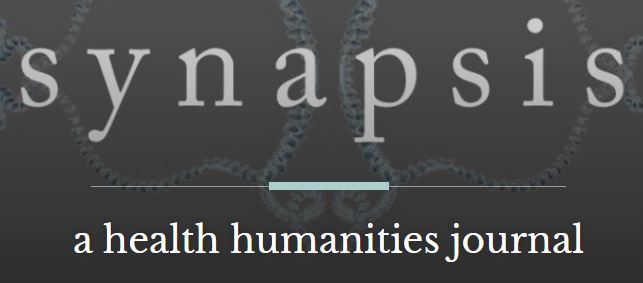This interdisciplinary team-taught seminar deals with the rich culture of Iberia (present-day Spain and Portugal) during the period when it was an Islamic, mostly Arabic-speaking territory—from the eighth to the fifteenth century. This theme course is significant in its approach to the study of Andalusia for a number of reasons: it grounds the study of Muslim Spain in the larger context of the history of Islam and of Arabic culture outside of Spain; it embraces many aspects of the hybrid Andalusian legacy: history, language, literature, philosophy, music, art, architecture, and sciences, among others; and, while the course includes materials from Christian writers, the textual materials focus more on Arabic writings and the viewpoint of Muslim Spaniards. The course closely examines the cultural symbiosis between Arab Muslims and Christian Europeans during the eight centuries of their coexistence in Andalusia. Through a critical reading of an appropriately chosen set of texts translated into English from Arabic, Latin, Spanish and other Iberian dialects, students will study the historical, literary, linguistic, religious, artistic, architectural, and technological products that were created by the remarkable symbiosis that took place in Andalusia. With its multiethnic and multilingual forms the Andalusian legacy bears direct resemblance to our contemporary multicultural world and provides students with a rare opportunity to integrate knowledge of different sources and viewpoints. In the first and final weeks, we compare how two contemporary historical novels, by Arab writer Radwa Ashour and Tariq Ali (of Pakistani extraction), treat the fall of Granada in 1492. Class discussion and readings in English.
The Heyman Center for the Humanities, Room B-101
74 Morningside Drive
New York, NY, 10027
(212) 854-4541
(212) 854-3099


